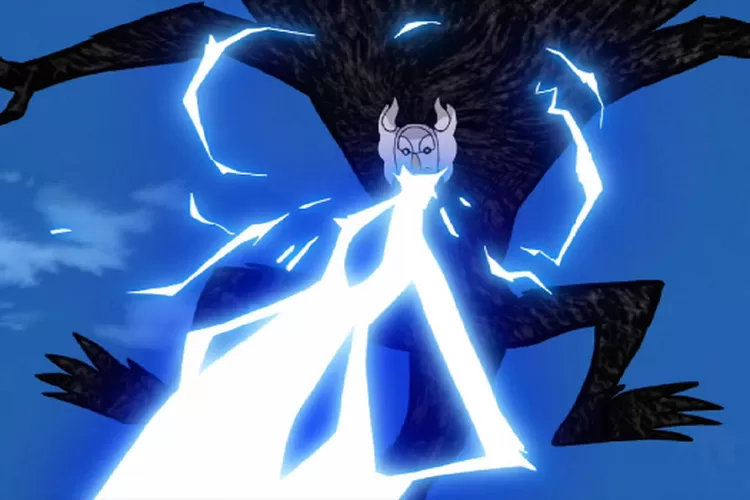As a fan of Naruto anime, you may already know about the fascinating world of jutsu and the elemental affinities that play a crucial role in battles. One such elemental affinity is lightning release jutsu, which has its own set of unique characteristics and advantages in combat.
Lightning release jutsu, also known as Raiton, stands as one of the five natural elements in the Naruto anime universe. It possesses an inherent advantage over earth-based jutsu while being vulnerable to wind-based attacks. This elemental dynamic adds depth and strategy to the battles fought by the shinobi utilizing lightning release jutsu.
One of the distinctive features of lightning release jutsu is its ability to immobilize opponents by engulfing them in powerful electric currents. This immobilization renders the targets incapable of movement, leaving them vulnerable to follow-up attacks. Additionally, lightning release jutsu synergizes exceptionally well with water-based jutsu. By combining these two elements, shinobi can unleash devastating techniques that embody the unstoppable force of nature.
Among the diverse lightning release jutsu showcased in Naruto, Lightning Release: Black Panther is an intriguing example. This jutsu, used by Darui, channels black lightning into a ferocious panther-like shape, capable of devastating opponents with its sheer power.
Another widely recognized lightning release jutsu is Chidori, famously wielded by Kakashi. Chidori is formed by condensing chakra to an extreme level in the user’s hand, resulting in a concentrated surge of lightning. Although potent, Chidori carries the risk of injuring its wielder due to its intense power.
Kamui Raikiri, on the other hand, is a combined jutsu that fuses the space-time manipulating abilities of Kamui with the piercing prowess of Raikiri. Kakashi wields this lethal technique, which allows him to strike with incredible precision while briefly phasing through objects and people.
Sasuke, one of the prominent characters in Naruto, has his own lightning-based jutsu called Kirin. This technique harnesses natural lightning from a thunderstorm, transforming it into a devastating strike. However, Kirin requires the presence of an actual storm and can only be utilized once, making it a truly formidable yet limited technique.
Indra’s Arrow is another noteworthy lightning release jutsu. By partnering with the immense power of the Bijuus’ chakra, this technique unleashes a colossal and devastating attack. Its sheer force is capable of obliterating entire valleys and matching the power of Naruto’s strongest jutsu.
The allure of lightning release jutsu in the Naruto anime lies in the dynamic and electrifying nature of these techniques. Each jutsu carries its own strengths and weaknesses, adding layers of complexity to the battles fought by the shinobi. Whether it’s the quick and deadly strikes of Chidori or the awe-inspiring power of Indra’s Arrow, lightning release jutsu never fails to captivate the audience.
In conclusion, lightning release jutsu in Naruto anime possess unique characteristics and advantages in combat. From the electric immobility of opponents to the synergistic fusion with water-based jutsu, lightning release jutsu offers a diverse range of techniques for shinobi to utilize. With jutsu like Lightning Release: Black Panther, Chidori, Kamui Raikiri, Kirin, and Indra’s Arrow, the anime showcases the incredible power and versatility of lightning-based techniques. So, buckle up, sharpen your kunai, and prepare to witness the electrifying battles fueled by lightning release jutsu!





